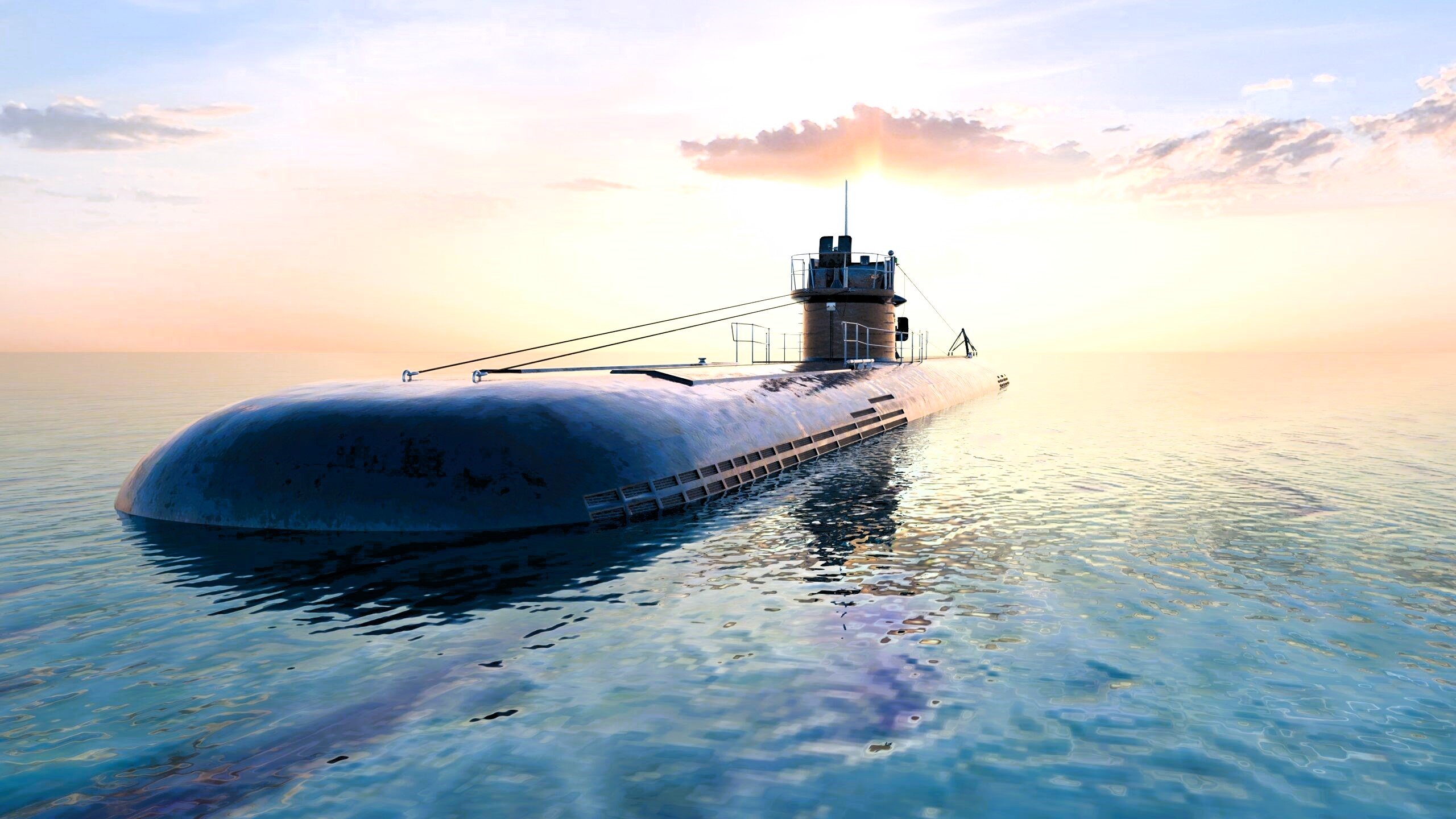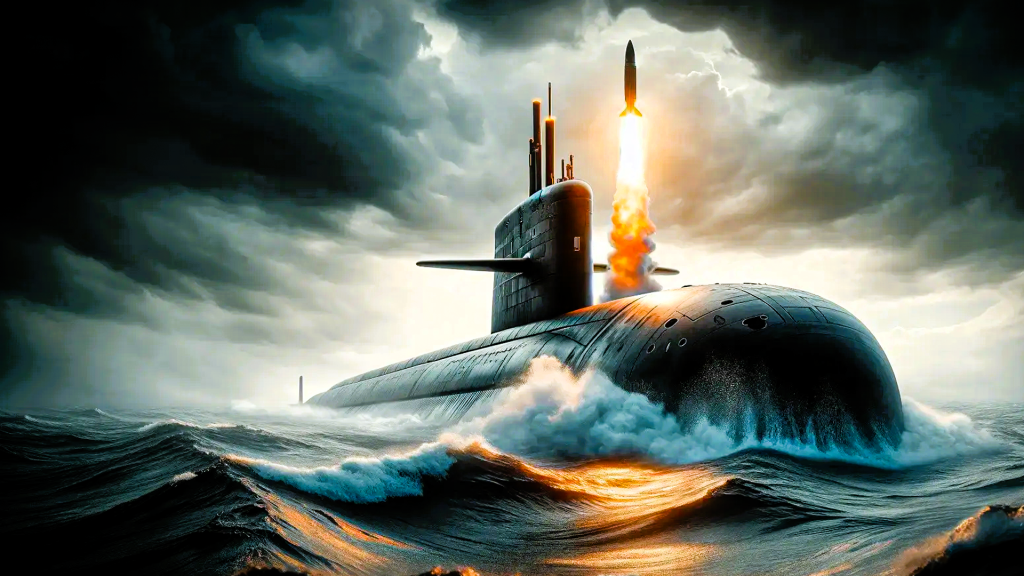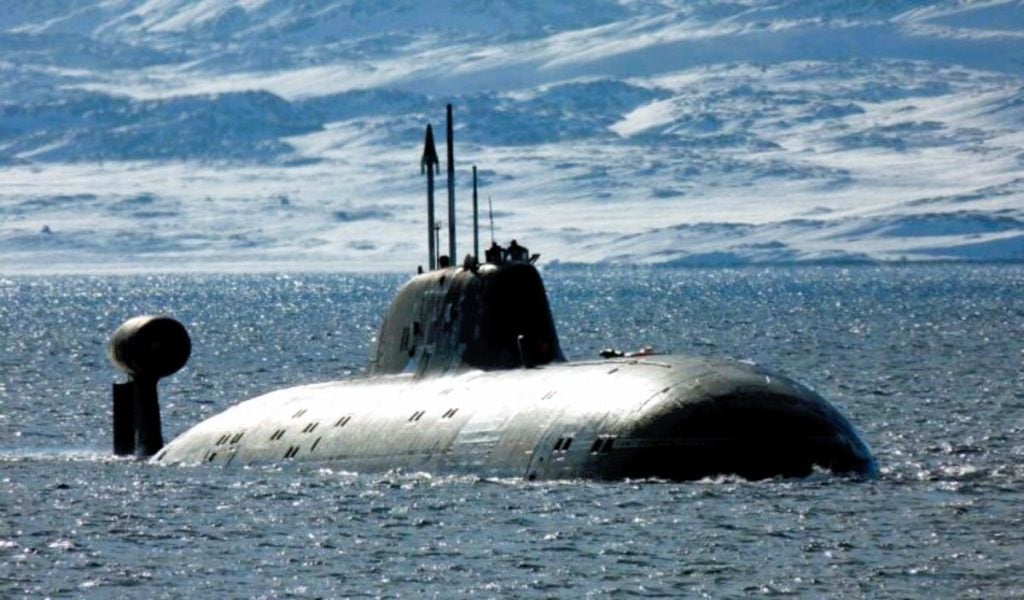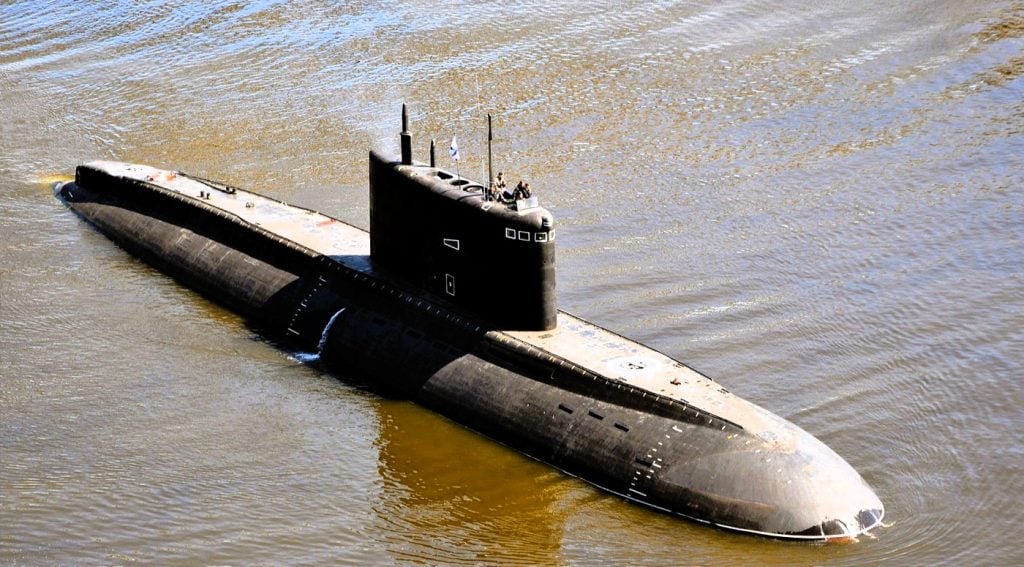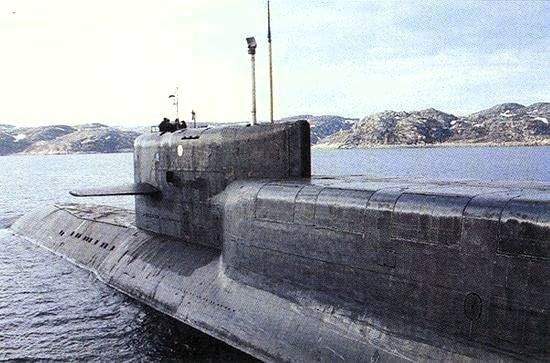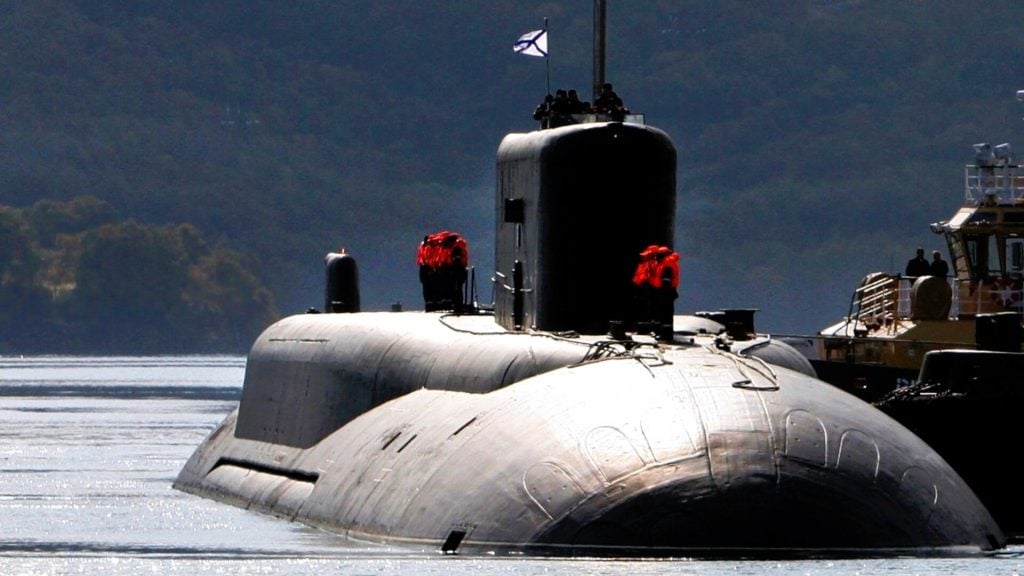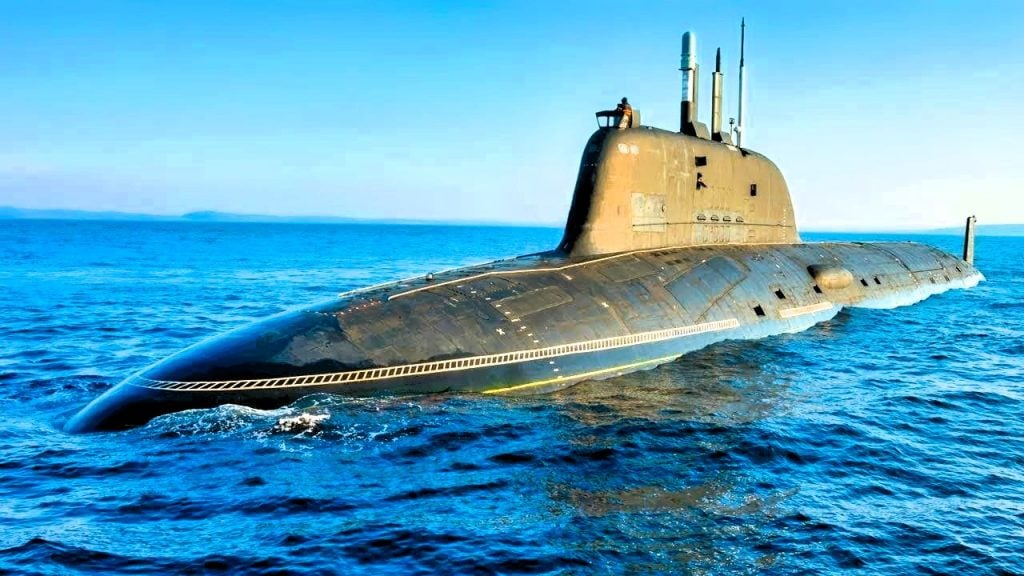The Soviet Union’s legacy of military innovation has lived on through Russia’s modern naval prowess, with its submarine fleet standing as a testament to this enduring legacy. As geopolitical tensions continue to simmer across the globe, the capabilities of these underwater vessels have become increasingly crucial. In this comprehensive article, we delve deep into the remarkable history and technological advancements that have shaped Top Russian Submarines to Ever Sail.
9 Best Lockheed Martin Fighter Jets Ever Made
1. Akula-class Submarines
Emerging in the final years of the Soviet era, the Akula-class (Project 971 Shchuka-B) nuclear-powered attack submarines were a revelation. When these sophisticated vessels first set sail, Western intelligence was reportedly “shocked,” as they had not anticipated the Soviets’ ability to achieve such technological feats. Equipped with the formidable S-10 Granit (NATO-designated SS-N-21 Sampson) cruise attack missiles, the Akulas were a force to be reckoned with.
Their double-hull design, which provided greater buoyancy and a more streamlined exterior, gave them a significant advantage over their Western counterparts. Over the years, the Akula-class has continued to evolve, with more advanced variants inspiring the development of the U.S. Navy’s Seawolf and Virginia-class attack ships.
2. Kilo-class Submarines
Perhaps one of the most recognizable Russian submarine platforms, the Kilo-class diesel-electric submarines have been a mainstay of the Russian and Soviet naval forces for decades. Initially designed for anti-shipping and anti-submarine operations in shallow waters, these vessels have since undergone a series of enhancements, including the integration of a sophisticated internal navigation system, a modern fire control system, and improved torpedoes.
With their ability to carry a payload of six torpedo tubes and eighteen torpedoes, the Kilo-class submarines have proven to be a versatile and formidable asset, as evidenced by their deployment in the Black Sea during Russia’s invasion of Ukraine.
3. Delta IV-class Submarines
The Delta-class submarines have been a critical component of the Russian and Soviet strategic submarine fleet for over five decades. The Delta IV-class, in particular, is capable of carrying nuclear ballistic missiles of the R-29 Vysota family, making them a vital part of the nuclear deterrent.
These vessels were designed with advanced technologies, such as hydraulic jets for covert movement and a “high-duty low magnetic hull” that reduced noise and improved their acoustic stealth. The incorporation of sound-absorbing coatings further enhanced their ability to conduct stealthy combat patrols.
11 Top Chinese Fighter Jets of the PLA Air Force
4. Borei-class Submarines
As the first class of submarines developed by Russia following the collapse of the Soviet Union, the Borei-class nuclear-powered missile submarines hold immense symbolic significance for the Kremlin. While smaller in size compared to some of their predecessors, these vessels boast a five-times-lower noise signature than the Akula-class, making them exceptionally stealthy.
Despite their compact dimensions, the Borei submarines can carry a formidable payload of sixteen missiles, showcasing the Russian Navy’s commitment to technological advancement.
5. Yasen-M Submarines
Departing from the Soviet-era designs, the Yasen-M submarines, designated by NATO as Severodvinsk, represent Russia’s latest and most advanced submarine platform. These nuclear-powered cruise missile submarines, first constructed in the 1990s, feature an even lower acoustic signature than their predecessors.
With only one Yasen-M submarine commissioned so far, Russia plans to build seven more by the end of the decade, solidifying its commitment to maintaining a formidable underwater presence.
10 Safest Armored Personnel Carriers In the World 2024
Conclusion
Russia’s submarine fleet has long been a source of both awe and concern for the global community. From the stealth and sophistication of the Akula-class to the enduring legacy of the Kilo-class, and the strategic significance of the Delta IV-class to the cutting-edge capabilities of the Borei-class and Yasen-M submarines, these underwater vessels have played a pivotal role in shaping Russia’s naval power. As geopolitical tensions continue to evolve, the world watches with bated breath, wondering how these formidable submarines will shape the future of naval warfare.
FAQs
1. Which is the most powerful submarine in the world?
The Ohio-class SSBNs and SSGNs are the most formidable and lethal submarines in the world within their respective categories.
2. What was the fastest Russian submarine?
K-222: Soviet Alfa-Class
3. Which country has the most advanced submarines?
United States
4. Which is the deadliest submarine in the world?
The world’s five most powerful attack submarines are the Seawolf Class, Virginia Class, Astute Class, Graney Class, and Sierra II Class.
5. Which submarine can go deepest in the world?
The Deepsea Challenger, a deep-submergence vehicle (DSV) constructed by Acheron Project Pty Ltd, has successfully reached Challenger Deep, the deepest known point on Earth’s seabed.
